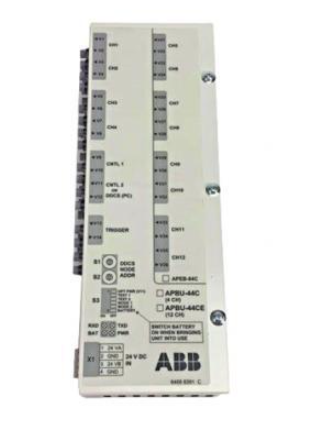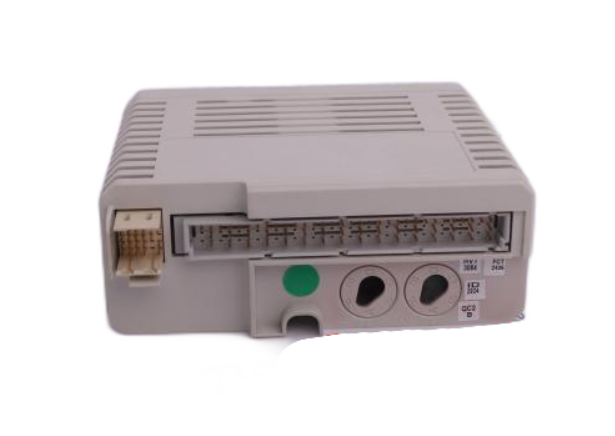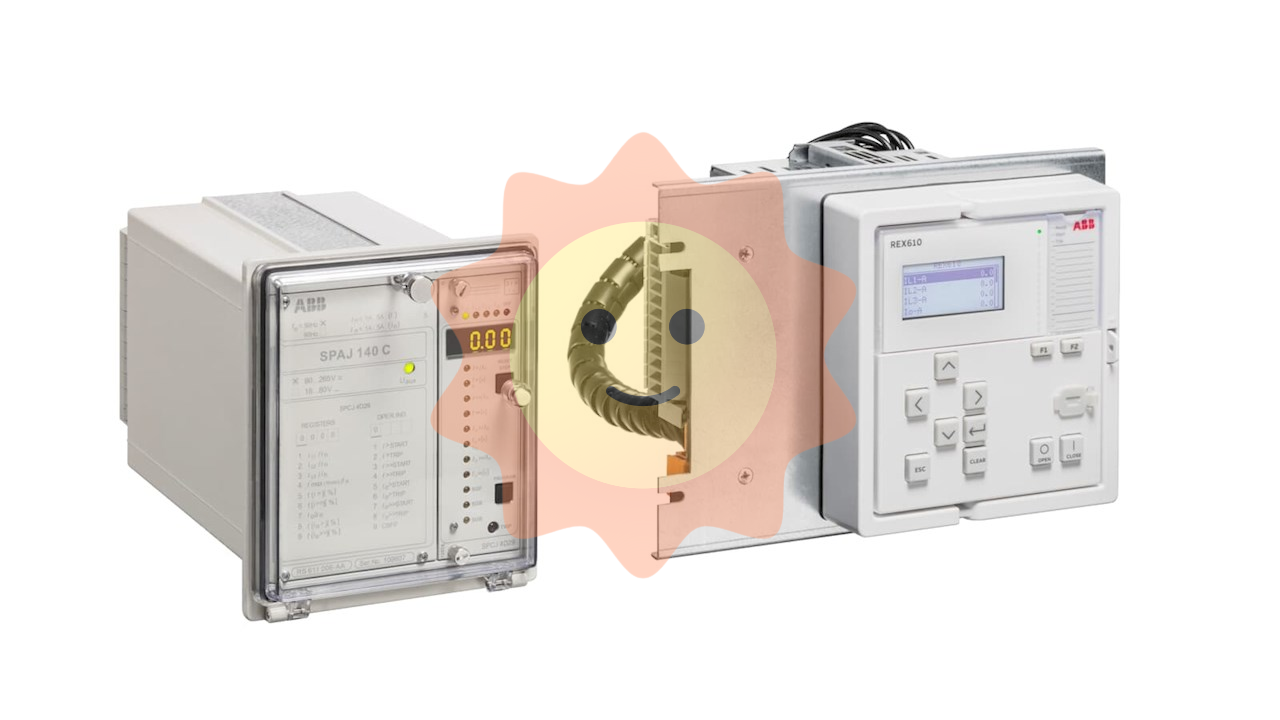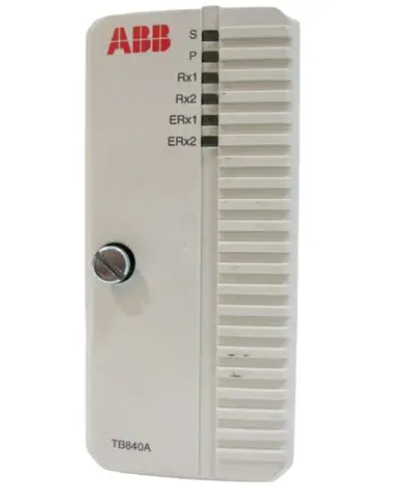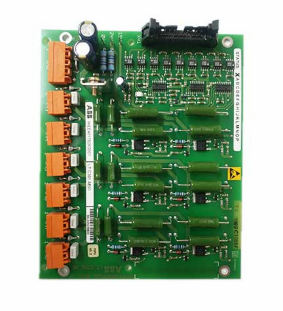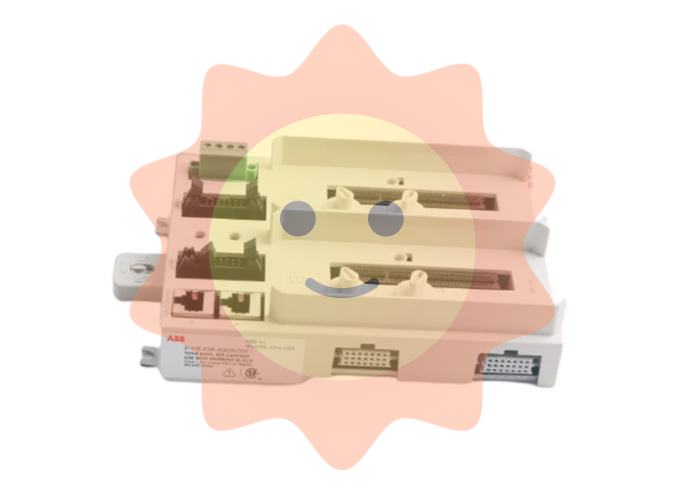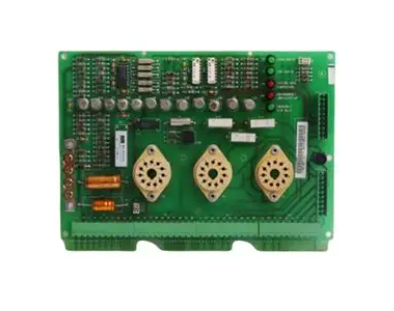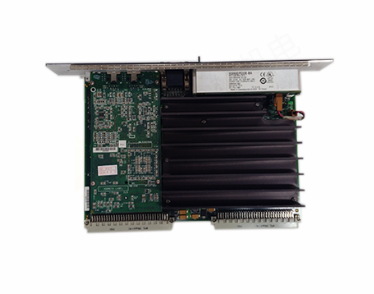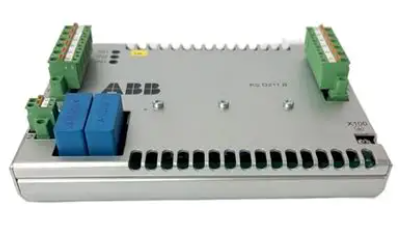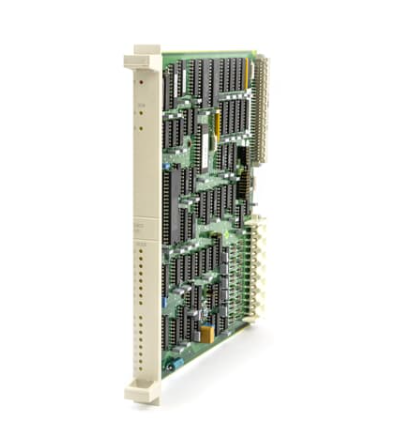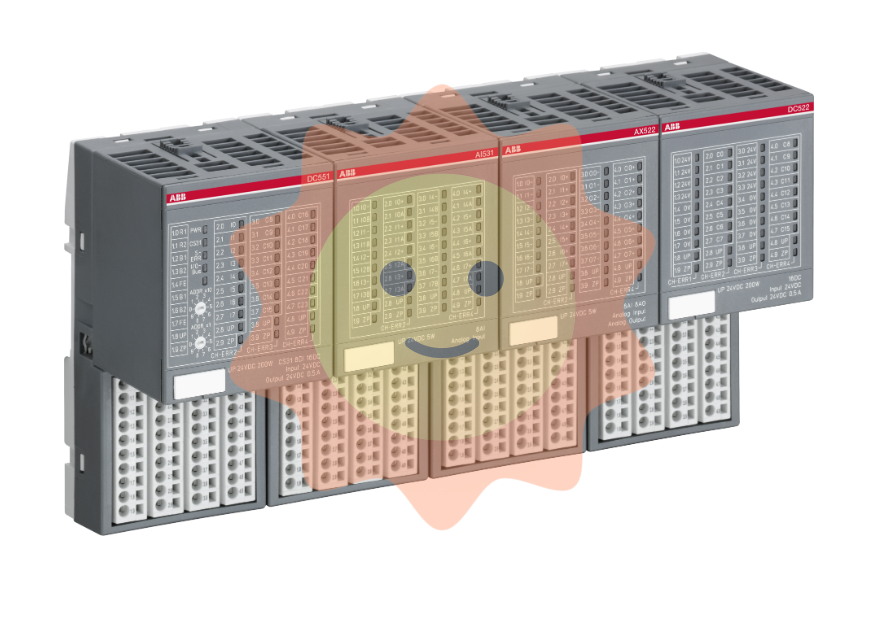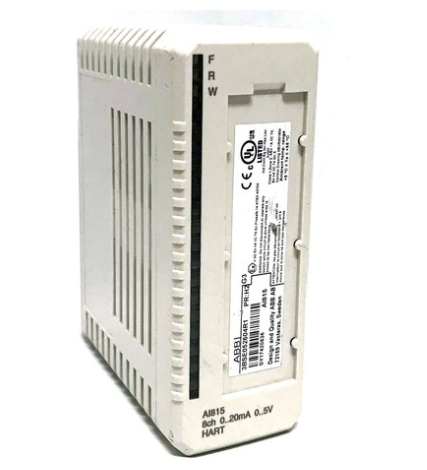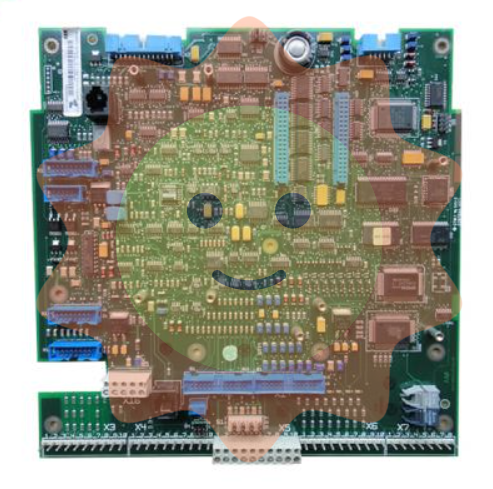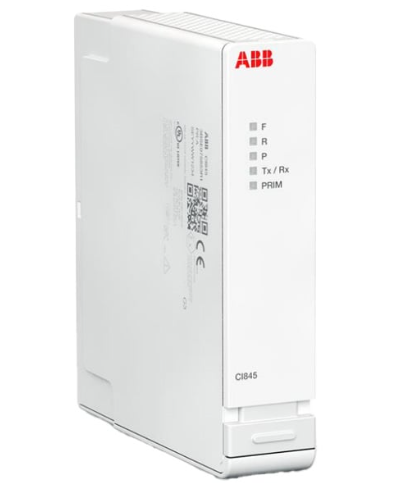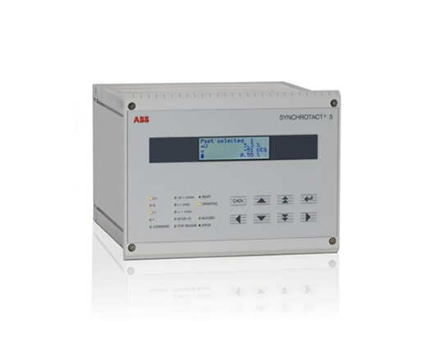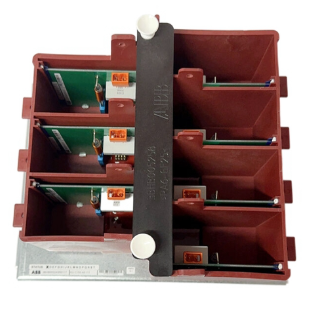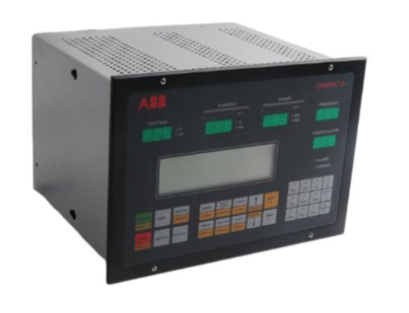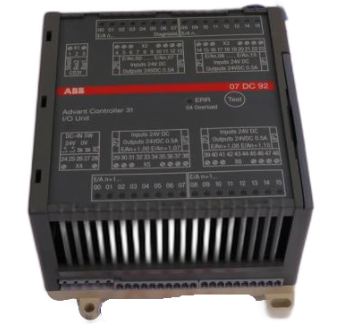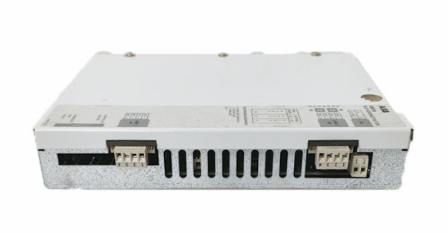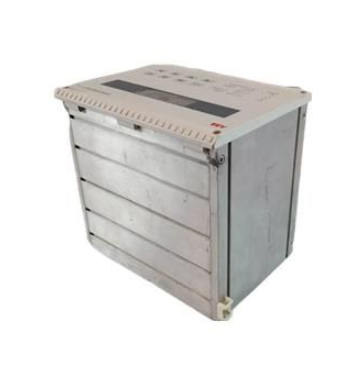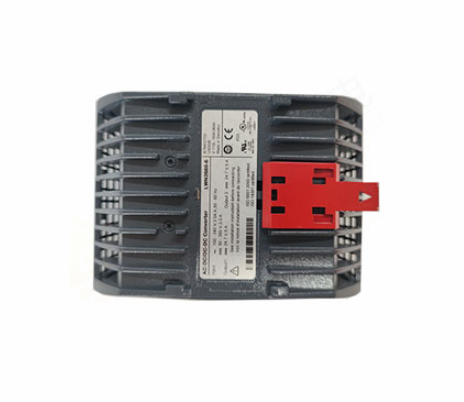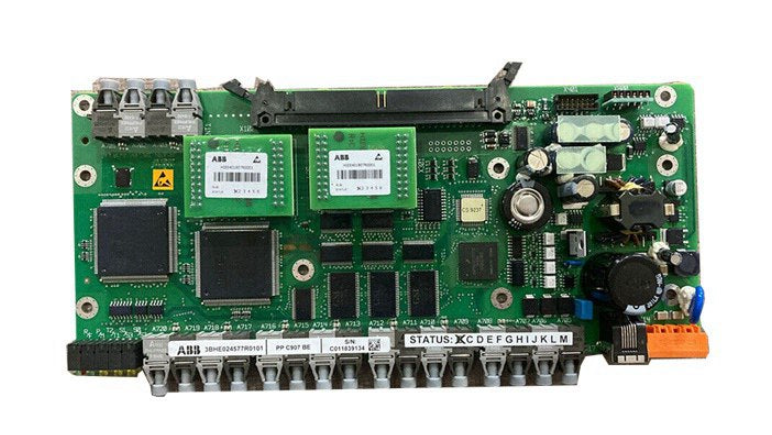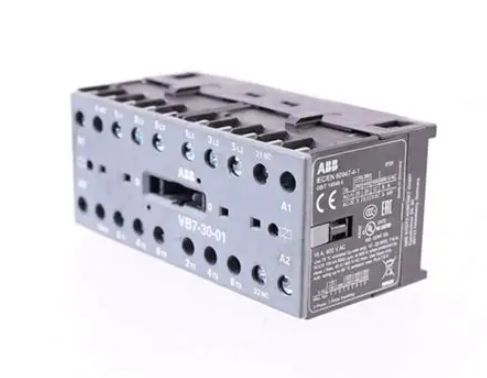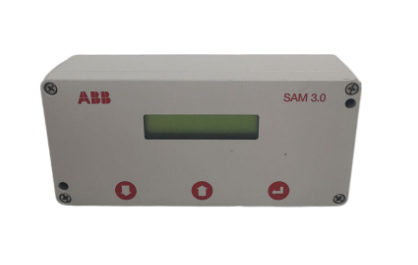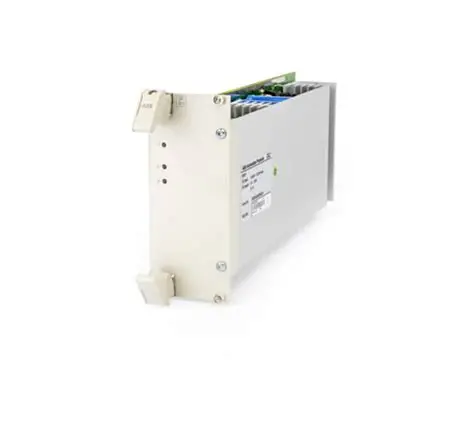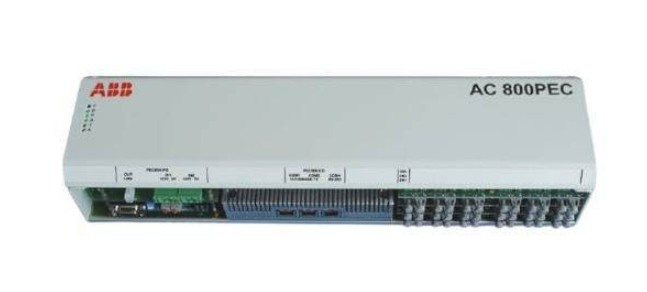ABB ARC093AV1 Industrial Control High Frequency Module
The amplified high-frequency signal is further optimized through an output filtering circuit to remove harmonic and other interference components, ensuring the quality of the output signal. During the entire signal processing process, the control circuit inside the module monitors various parameters of the signal in real time and adjusts them according to the set values and feedback signals to ensure the stability and accuracy of the output signal. At the same time, the electrical isolation circuit isolates the input and output to prevent external interference from affecting the module and control system. The communication interface circuit is responsible for data exchange with external control systems, achieving remote control and status monitoring of modules.
Key advantages
(1) High performance and high precision
Having excellent high-frequency signal processing capabilities, it can achieve fast and accurate output of high-frequency signals, with high frequency accuracy and phase accuracy, meeting the strict requirements of industrial automation for high-precision control. In fields such as semiconductor manufacturing and precision machining that require extremely high precision, the accuracy and stability of equipment operation can be ensured, improving product quality and production efficiency.
(2) High reliability and stability
By using high-quality electronic components and advanced manufacturing processes, and undergoing rigorous quality testing and reliability testing, it can operate stably in harsh industrial environments. The electrical isolation and multiple protection functions effectively enhance the anti-interference ability and safety of the module, reduce the probability of equipment failure, lower maintenance costs, and ensure the continuity of industrial production.
(3) Flexible adaptability
Supports multiple installation methods and flexible parameter configuration, and can be customized according to different industrial application scenarios and equipment requirements. Rich communication interfaces and support for multiple communication protocols enable it to easily integrate into different industrial automation control systems, achieve collaborative work with other devices, and provide users with flexible solutions.
(4) Convenient maintenance and management
Remote monitoring and parameter setting can be achieved through communication interfaces, making it convenient for operators to manage and maintain modules. The module has a comprehensive fault diagnosis function, which can quickly locate the fault point and issue alarm signals, shorten the time for fault investigation and repair, and improve the availability and operation efficiency of the equipment.
Precautions
(1) Installation precautions
Before installation, ensure that the system is powered off to prevent electric shock accidents and module damage.
Choose a location with good ventilation, dryness, no severe vibration, and far from strong electromagnetic interference sources to install the module, avoiding adverse environments such as high temperature, humidity, and dust that can affect the module's performance and service life.
Strictly follow the installation instructions for wiring, ensure that the input and output cables are firmly connected, distinguish the positive and negative poles of the signal, and avoid reverse connection. Use cables of appropriate specifications and take measures to secure and protect them to prevent abnormal signal transmission caused by cable pulling or wear.
When using guide rail installation, ensure that the guide rail is firmly installed, correctly clip the module into the guide rail and lock it; When using panel installation, use appropriate screws to secure the module to ensure smooth installation and avoid problems such as module looseness and poor contact caused by unstable installation.
(2) Precautions for use
Ensure that the input voltage is within the rated operating voltage range of the module, and it is strictly prohibited to connect voltages exceeding the rated value to prevent damage to the module. If the voltage is unstable, a suitable voltage regulator should be installed in the input circuit.
Avoid frequent adjustment of module parameters to prevent abnormal module operation caused by improper parameter settings. If parameters need to be adjusted, they should be done while the equipment is in a shutdown state and strictly follow the operation manual.
Regularly check the working status of the module and observe the display of the indicator lights. If the indicator light is abnormal (such as flashing, constantly on, or off), or if the module has abnormal signal output or unstable equipment operation, the machine should be stopped immediately for inspection. Refer to the module fault diagnosis guide, gradually investigate the cause of the fault, and contact professional technicians for repair if necessary.
During the operation of the module, it is forbidden to subject it to severe vibrations, collisions, or external forces to prevent internal components from loosening or being damaged, which may affect the normal operation of the module.
- EMERSON
- Honeywell
- CTI
- Rolls-Royce
- General Electric
- Woodward
- Yaskawa
- xYCOM
- Motorola
- Siemens
- Rockwell
- ABB
- B&R
- HIMA
- Construction site
- electricity
- Automobile market
- PLC
- DCS
- Motor drivers
- VSD
- Implications
- cement
- CO2
- CEM
- methane
- Artificial intelligence
- Titanic
- Solar energy
- Hydrogen fuel cell
- Hydrogen and fuel cells
- Hydrogen and oxygen fuel cells
- tyre
- Chemical fiber
- dynamo
- corpuscle
- Pulp and paper
- printing
- fossil
- FANUC
- Food and beverage
- Life science
- Sewage treatment
- Personal care
- electricity
- boats
- infrastructure
- Automobile industry
- metallurgy
- Nuclear power generation
- Geothermal power generation
- Water and wastewater
- Infrastructure construction
- Mine hazard
- steel
- papermaking
- Natural gas industry
- Infrastructure construction
- Power and energy
- Rubber and plastic
- Renewable energy
- pharmacy
- mining
- Plastic industry
- Schneider
- Kongsberg
- NI
- Wind energy
- International petroleum
- International new energy network
- gas
- WATLOW
- ProSoft
- SEW
- wind
- ADVANCED
- Reliance
- YOKOGAWA
- TRICONEX
- FOXBORO
- METSO
- MAN
- Advantest
- ADVANCED
- ALSTOM
- Control Wave
- AB
- AMAT
- STUDER
- KONGSBERG
- MOTOROLA
- DANAHER MOTION
- Bently
- Galil
- EATON
- MOLEX
- Triconex
- DEIF
- B&W
- ZYGO
- Aerotech
- DANFOSS
- KOLLMORGEN
- Beijer
- Endress+Hauser
- MOOG
- KB
- Moxa
- Rexroth


Email:wang@kongjiangauto.com







